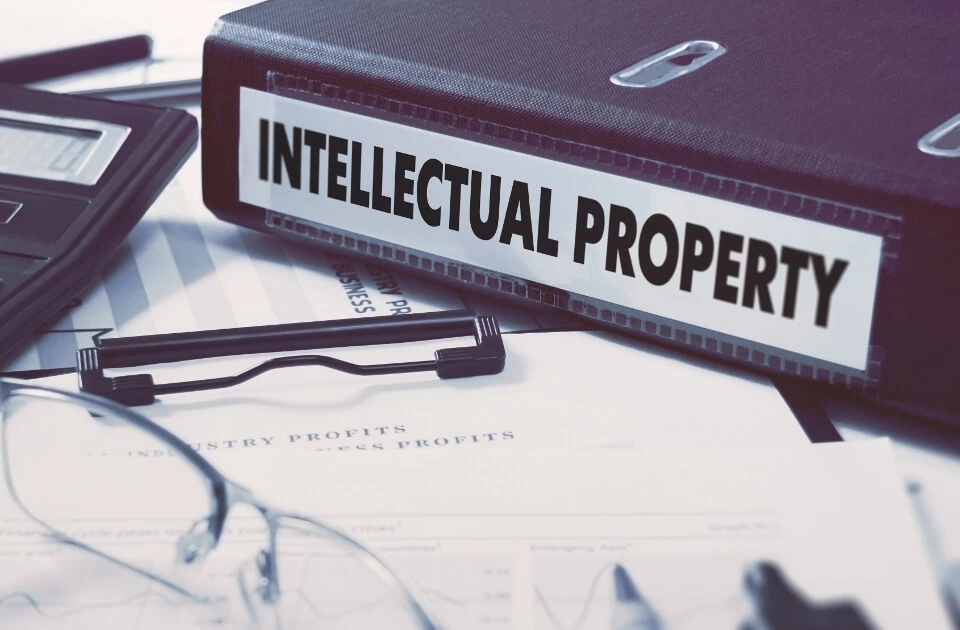Copyright for Software
Photographers, writers, and musicians all count as artists. Anything they create, be it images, poems, or songs, is their own work and cannot be copied or distributed without permission by any third parties for their own (financial) gain. What many don’t know is that software and computer programs are automatically protected by copyright so you don’t have to lift a finger. You can, however, choose to register your creation. The purpose of this is to create a verifiable record of the content of your work and having a recorded date is also useful in case you need to prove your claim.
If your software is still in the works, but you’re worried nonetheless that it could be taken advantage of by others, you could consider pre-registering it. This makes it possible to sue a third party if they use it even before it’s been released. Note that this doesn’t replace registration.
Copyrighting your software
If you develop your own software, it’s worthwhile registering it with the U.S. Copyright Office so that you’re protected. If you don’t register and therefore can’t put the © on your work, you’re protected nonetheless. You automatically own the copyright which means no-one else can do anything with your work without first seeking permission. But if someone does happen to infringe on your copyright, it’s your responsibility to file a lawsuit and have a judge prevent the other party from using or sharing your creation and pay any losses you have sustained.
You cannot file a lawsuit without being registered with the U.S. Copyright Office. If you decide to hold off on the registration to see whether an infringement actually occurs, you’ll then have to rush though the process which will prove more expensive as 'expedited registrations' costs several hundred dollars.
How to register
A registration application contains three elements: a completed application form, a filing fee, and a copy of part of the software’s source code that you want to register. Circular 61 provides information on how to complete the process. You can complete the process online on the U.S. Copyright Office’s eCO website. The application is straightforward and asks for this basic information:
- The title of the work
- Who created the work and when
- Who owns the copyright
It costs $35-$45 for each work you want to register. You are required to send a paper or microform hard copy of the first and last 25 pages of the source code, or the entire code if the whole thing is less than 50 pages. Ensure you don’t send any portion of the code that contains sensitive information since what you send will be made available for public inspection. If the code you want to send has to contain secret information, make sure those parts are unreadable.
What does copyright protect?
It’s not just the actually copying of source code that’s protected, but also the structure, sequence, and organization of the computer software. This stops third parties from being able to just change the source code slightly and end up with the same outcome as with your software and not count that as copyright infringement.
If you register your software within the first three months of publication, you could find yourself receiving between $750 and $30,000 for each of your works if they are indeed infringed upon. Sums of as much as $150,000 aren’t unusual in the cases of willful infringement. As well as the option of fining the infringers, there are other remedies such as temporary and final injunction relief to make sure no other infringement can happen in the future. The costs and attorneys’ fees are sometimes enough to make the infringer come to a settlement more quickly before the costs rise and this means you won’t have the hassle of going through the courts.
Note that copyright protection is only valid for the version of the software that you registered, so every time you update the software you need to register the new version with the Copyright Office.
Is double protection possible?
As well as copyrighting your software, you can also patent it. Patent protection covers even more rights including the ideas that your software covers, whereas copyright only covers the actual product. If you do decide to patent your product, you must do so within a year of commercializing it. Since patent protection involves expensive and long-term procedures, it’s worth getting legal advice before you begin. Your software must be useful, non-obvious, and novel to be considered patentable. It’s also crucial that you are the true inventor and aren’t filing on behalf of someone.


